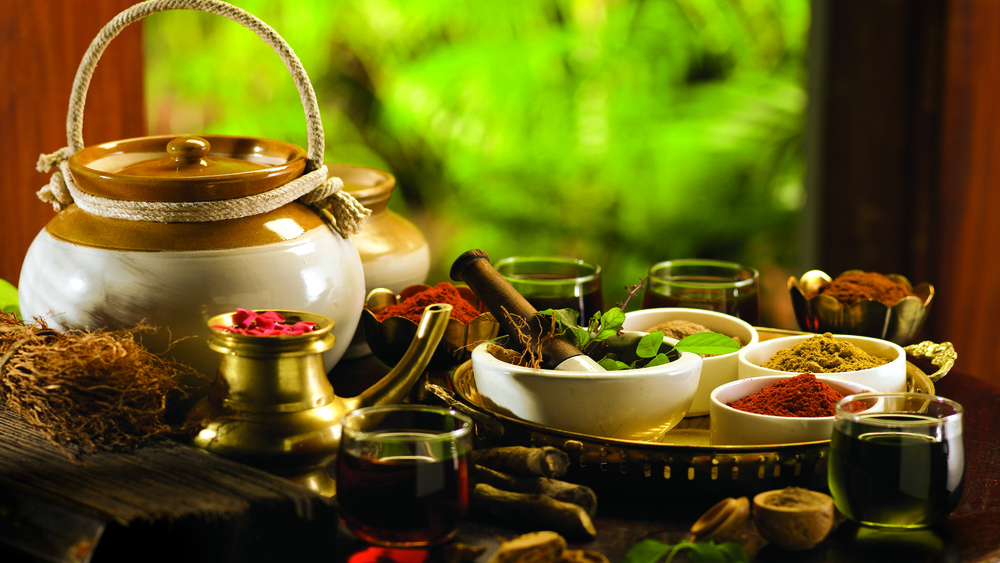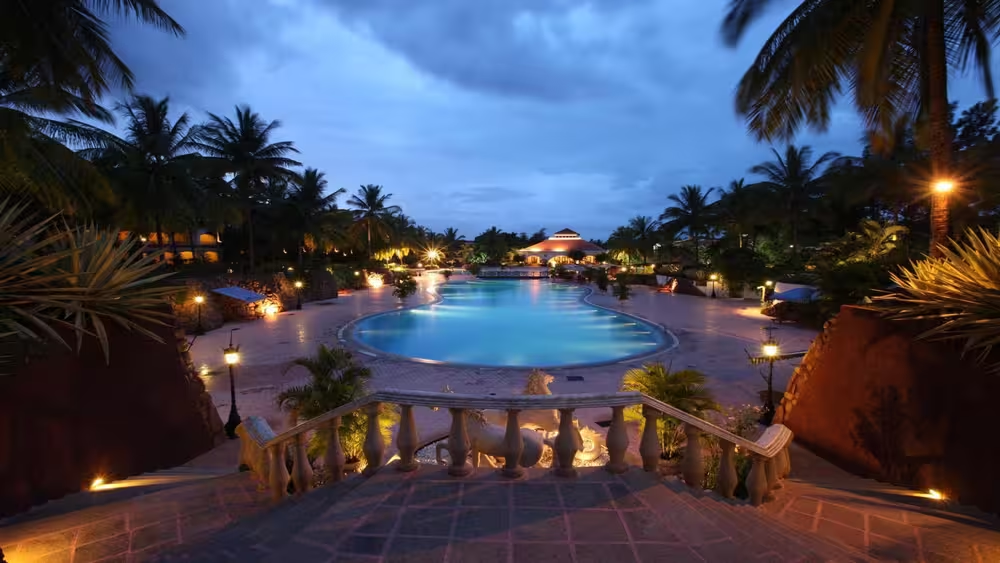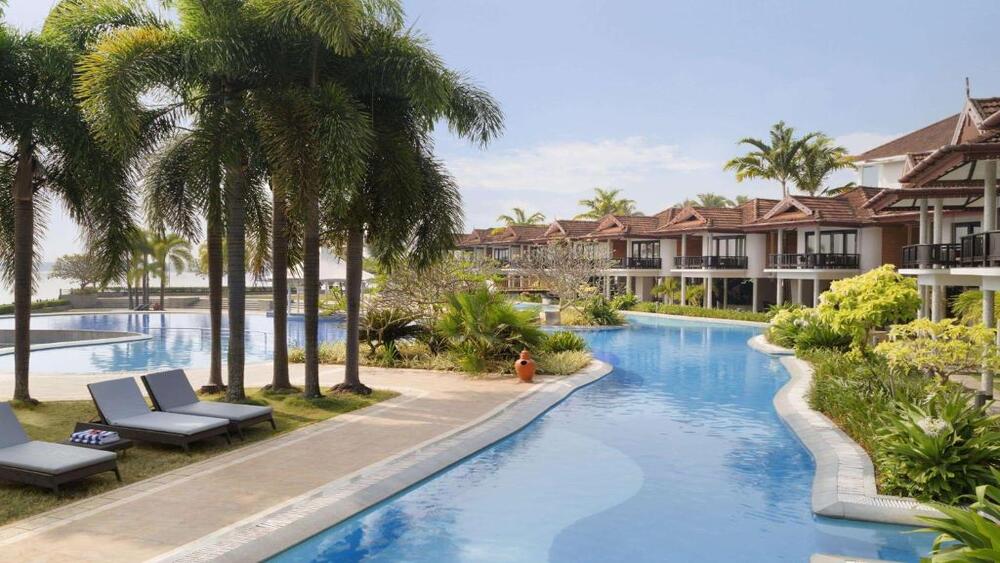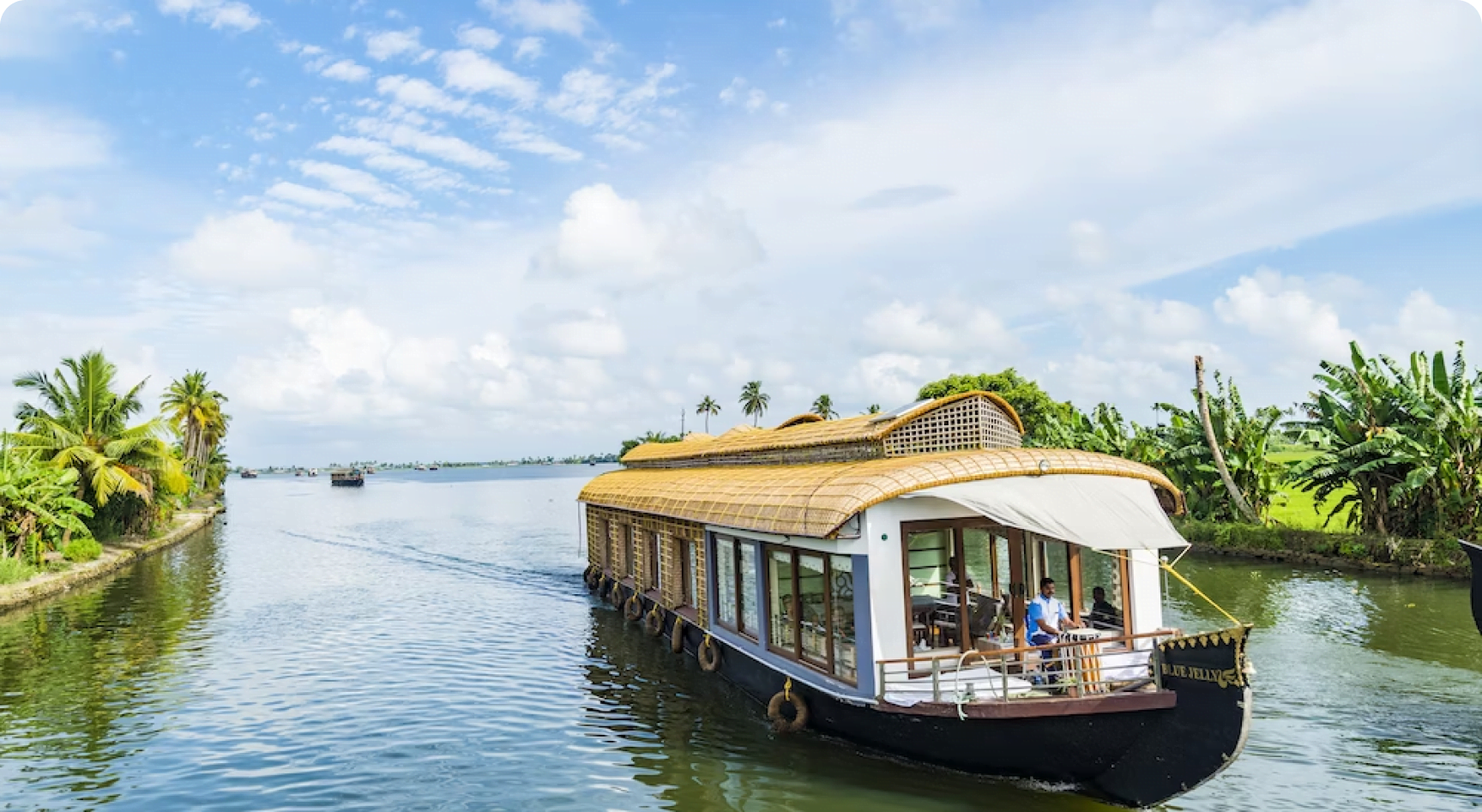

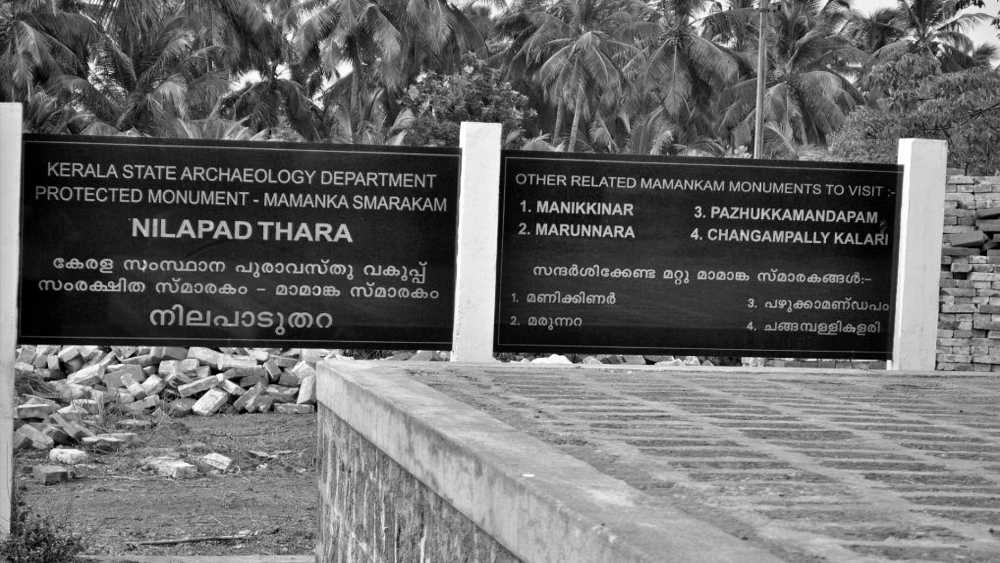
Mamankam festival was held once every 12 years at Thirunavaya, Kerala on the banks of the river Bharathappuzha. Celebrated for 28 days. There are many folklores and myths related to the river, and the deities and temples along its banks. The banks of the river have been witness to many historical events including the Mamankam festival, which was celebrated once in 12 years during the reign of the Zamorin.
A river full of stories that it carries along the routes – Bharathappuzha or the River of Bharatha has a key role to play in the history, culture and heritage when it comes to the Venad and Malabar regions of Kerala.
The Mamankam festival is recorded to have been celebrated on the banks of the Bharathappuzha in the premises of the famous Thirunnavaya Temple. To this date, the temple of Thirunnavaya is a major shrine among the Hindus who believe in the last rites of their loved ones. As per historians, Mamankam in Kerala was one of the grandest festivals all over the world. Mamankam festival attracted traders, customers and tourists even from far away places.

Mamankam festival history is closely connected with the faith of Hinduism and was one of the major events in the reign of the Zamorins.
When we look into the Mamankam festival history and tradition of the place, Mamankam festival was the gathering that took place in the holy land of Thirunnavaya every twelve years according to the Brihaspati Cycle (The Cycle of the Planet Jupiter). Mamankam in Kerala took place during the lunar month of Magha.
The Mamankam festival can be related to the present day Kumbh Mela as there are references from Mamankam festival history of Mamankam in Kerala being one among the many festivals that took place along the banks of Holy Rivers following the Jupiter Cycle. The places like Kumbakonam, Ujjain, Haridwar, Nasik, Prayag etc. are the major places falling under this. Somewhere down the lanes of history, the celebration of Mamankam in Kerala came to a halt.
Mamankam festival is regarded to have been derived by combining the Sanskrit word of ‘Maha’ indicating greatness and name of the lunar month of Magha. Thus, Mamankam could literally translate to the Great Magha. The later adaptations of the combined word into Malayalam is documented as Mamankam in Kerala and in Tamil as Mamangam. Mamakam festival history is vague in many aspects, but accurate in a few other places.
The age-old Mamankam festival lasted for 28 days every time it was staged in the gap of 12 years. In ancient Kerala, during the post-Chera period, the region of Valluvanad and nearby places came under the reign of the Raja of Valluvanad. The Chera Dynasty under Kulasekharas had, in fact, presided the Mamankam festival for many years.
Later, it was the Raja of Valluvanad who by virtue of his position became the protector or the ‘Rakshapurusha’ of the grand festival of faith and hence presided the same.
In the period of expansion of the kingdom of Kozhikode, the Zamorin of Calicut took clever moves. The Zamorin could easily identify the rivalries between the Panniyur Gramam and the Sukapuram Gramam – two places that were outside but neighbouring to the borders of the state of the Zamorins. It was during the 13th – 14th century that the Zamorin looked forward into this and took the step of initiating a moderate battle between the two regions.
The conflict was equally taken up by the Raja of Cochin when it happened that he took the side of the Sukapuram faction against the Panniyur faction backed by the Zamorins. Learn about the stories regarding Mamankam festival, Zamorin’s reign and more with Tyndis Calicut Heritage Tour. It is one of the best heritage tours in Kerala.

According to historians, the Raja of Valluvanad who was well-supported by the Cochin Raja initiated several attacks against the chieftains of the opposite faction. The harassed chieftains appealed to the Zamorin for help and revenge. This, in turn, gave Zamorin the excuse to enter the territory of Valluvanad to protect the pride of his friends.
The mighty army of the Zamorin attacked the headquarters of Valluvanad Raja and captivated the King and thereby attaining the status of the protector of the grand festival. This is how the Zamorins became attached to the Mamankam festival as the Rakshapurushas and organizers.
The attack of Valluvanad by the Zamorins was filled with the bloodshed of the royal family of Valluvanad before their defeat. The commanders of the loyal army of the Valluvanad Raja eloped from the battlefield right after the defeat and took the vow of avenging the death of their princes and the shame brought to the princely state by the Zamorins. Sticking to their pledge, each time the Mamankam festival was staged on the banks of the River Nila, hereditary bodyguards from the army of Valluvanad setup suicide squads called the ‘Chaver’ to attack and kill the Zamorin.

But each time, the brilliance and the skills of the bodyguards of the Zamorin protected life. The real-life actions that took place at the Mamankam thrilled the spectators and attracted people from far distances to witness the acts of the heroic volunteers courting death by attacking the Zamorin Raja amidst the thousands of well-armed soldiers of the Calicut Army. Events of attacks at Mamankam festival and the Mamankam festival history is the plot for ‘Mamangam – Malayalam Movie‘ starring Mammootty.
The Chavers or the Suicide squad volunteering to attack the Zamorin belonged to the most important Nair families of Valluvanad like the Putumana Panikkars, Chandrath Panikkars, Kokat Panikkars, Verkot Panikkars etc.
The Mamankam festival was cleverly infiltrated by the administrators of Valluvanad. As per the statistics, around eighteen Deshavazhis (Governors) of the region under the Valluvanad Raja attended the festival. The attendees from Valluvanad were planned and moved ahead by the lead Nair from each of the four main families.
Apart from the four lead warriors, the other 14 hailed from important Swaroopams of the place like Two Nambudiris from Valluvanad, Two Moopil Nairs from the Valluvanad Royal House, Achan of Elampulakkad, Variar of Kulathur, Pisharody of Uppamkalathil, Vellodi of Pathiramana, Nair of Parakkatt, Nair of Kakkoott, Nair of Mannarmala and Pisharody of Cherukara. Out of the eighteen Deshavazhis, thirteen were Nairs (Mostly Menon, Panicker section of Kiryathil Nair subcaste), two were Namboothiri Brahmins and three were Ambalavasi Brahmins and another two Nairs from unknown Valluvanad families etc.
The ruler of Valluvanadu hailed from the Vellattiri subdivision of Samanthan Nair subcaste and held the title of “Moopil Nair” while the Zamorin belonged to the Eradi subdivision of Samanthan Nair subcaste.
It was the killing of the two princes of Valluvanad that made the hereditary bodyguards from the major Nair families of Valluvanad to take the vow of killing the Raja of Zamorin. The protracted struggle to kill the King was manifested in the form of suicide squads called the ‘Chaverpada’.

The attacks from the Chaverpada on the Zamoring during each Mamankam festival produced the spectacle of heroic volunteers courting death by jumping into the midst of thousands of well-armed warriors. There have been various accounts for the attack by the suicide squads at the Mamankam festival.
The account of Chaver attack at Mamankam of a period given by William Logan – “Amid much din and firing of guns the Morituri, the Chaver Nairs, the elect of four Nair houses in Waluvanad, step forth from the crowd and receive the last blessings and farewells of their friends and relatives. They have just partaken of the last meal they are to eat on earth at the house of the temple representative of their chieftain; they are decked with garlands and smeared with ashes.
On this particular occasion, it is one of the houses of Putumanna Panikkar who heads the fray. He is joined by seventeen of his friends – for all who so wish may fall in with sword and target in support of the men who have elected to die.
Armed with swords and targets alone they rush at the spearmen thronging the palisades; they wind and turn their bodies, as if they had no bones, casting them forward and backwards, high and low, even to the astonishment of the beholders, as worthy Master Johnson describes them in a passage already quoted.
But notwithstanding the suppleness of their limbs, notwithstanding their delight and skill and dexterity in weapons, the result is inevitable, and is prosaically recorded in the chronicle thus: The number of Chavers who came and died in the early morning the next day after the elephant began to be adorned with gold trappings – being Putumana Kantar Menon and followers – was 18.
At various times during the ten last days of the festival, the same thing is repeated. Whenever the Zamorin takes his stand on the terrace, assumes the sword and shakes it, men rush forth from the crowd on the west temple gate only to be impaled on the spears of the guardsmen who relieve each other from day today.”
In the first Chaver song, Chengazhi Nambiar Pattu, which contains the reference to the Mamakam festival of 1505 A.D. the poet pays homage to the hero Changizhi Nambiar. The poem deals at length with his preparations for the festival for getting ready to Mamankam festival.”
This account from Logan portrays the vigour of the attacks that took place during the festival. In fact, the Chaver attacks became the central feature of the festival at one point, attracting foreigners and natives alike to the event to witness the action and heroic fights between the army and the squad.

Mamankam festival, as per the available information, is believed to have been held in 1755 when the Zamorin escaped narrowly from the brave suicide squad member, a young boy in his sixteen named Putumanna Kandaru Menon. The Mamankam festival came to an end with the conquest of Kozhikode by Hyder Ali in 1776.
To learn more about the Mamankam festival history, Get in Touch with Tyndis. Tyndis Tours will arrange for specially curated Calicut Heritage Tours including stories and information about the rich heritage and history of Calicut.
